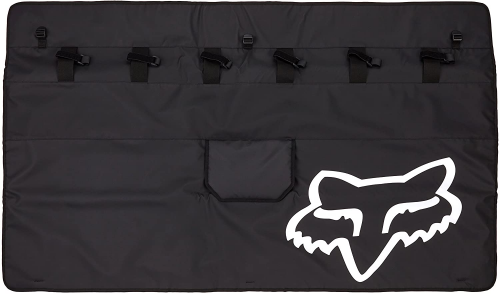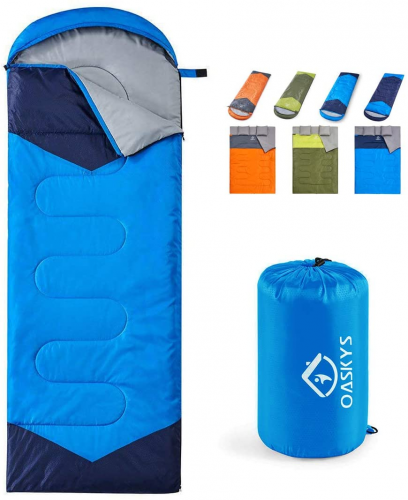FTC Disclosure:This post contains affiliate links.We’re independently supported by our readers and we may earn a commission when you buy through our links.
Table of Contents
A Guide for Choosing Climbing Ski Skins
Climbing skins are mainly available for those skiers who prefer climbing uphill, and their main domain is uphill skiing. These skis have fundamental differences from other types of skis. The following article provides comprehensive guidelines on climbing ski skins. Another critical concept to emphasize is the general requirements during uphill skiing, including factors like stability, the flexibility of skies, and many other factors.
Know the Purpose of Ski Skins:
Skins are clothes that climbers attach to their skis and provide the required force for an upward climb. These fabrics glued on the tail and tips of the ski give the ideal resistance and grip required during uphill skiing. You should remove these skins during downward skiing, where a skier needs less resistance and more speed. Many online platforms provide this kind of skin. It will be best to choose a skin available for your skin and give the ideal usage during your skiing.
Know the Material:
Different materials present in these skins provide further usage, and you need to consider the type of material according to your use. Nylon is abundantly present in these skins, and the other material is mohair. A mix of nylon and mohair is also current in many coats. These skins are synthetic and provide the force which stabilizes your skis during upward skiing.
- Nylon is the most durable material in these skins and provides resilience along with stability on your skis. Skiers prefer this skin because it is efficient on steep slopes and provide an excellent grip. Many reviews discuss the fact the nylon skins do not offer excellent glide during skiing. So if you are a little hard on your equipment, then go for these skins.
- Mohair skins provide the necessary glide for you during skiing. It does provide ample grip for your skis, and this type of skin does not have the required durability for steep slopes. If the surface on which you wish to ski is smooth and even, then prefer this skin type for your skis. The hair of Angora goat is the source of these mohair skins so that these skin will look a bit on the luxurious end.
- A mix of these two skins is preferable if you are new to skiing and do not want to take many risks during the process. So this type of construction will give you a mix of durability and glide, which will help increase stability and provide the necessary speed on different types of turfs. If you prefer skiing on other surfaces, then do adopt a mix of these skis.
Know the Cutting:
- There is a standard procedure which many skiers adopt while cutting and trimming their skins according to their skis. This procedure includes the method in which you choose the skin according to the broadest part of your skis. Typically the skin should be a few millimeters more minor than the most expansive part of the skis, and the size of the remaining skin matches the tail and edges of the skis. Many prefer to keep the skis’ edges uncovered, which allows a more outstanding glide and maneuverability.
- Some skins come in precut sizes, and you need to find the matching pair of skis for such types of skins.
- Many brands offer skins that are tail-less. Skiers use tail-less skins to reduce weight on the skis, and you will have to apply little effort in an uphill skiing event.
Conclusion:
The skins are an essential part of skis that people use in uphill skiing. These skins should be according to your skis to obtain maximum efficiency from these products.










